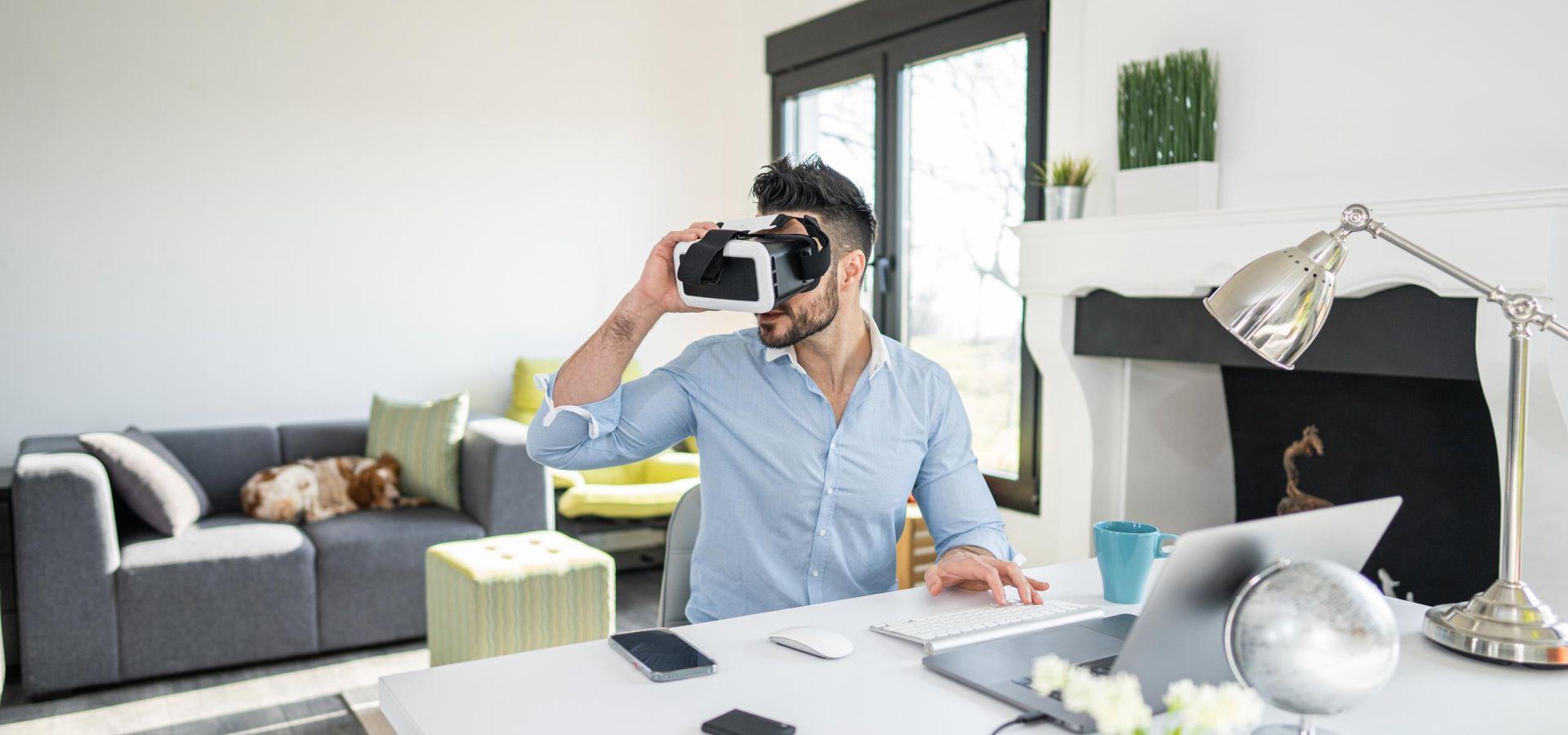Real-World Success: Inspiring Case Studies of VR/AR Implementation in schools
keywords: VR in Education,AR in Schools,Virtual Reality,Augmented Reality,classroom Technology,edtech,Educational Innovation,Case Studies.
Introduction: The New Era of Immersive Learning
The world of education is evolving, and the integration of Virtual Reality (VR) and Augmented Reality (AR) in schools has ushered in an exciting era of immersive learning. These transformative technologies are changing the way students engage with educational content, enhancing understanding and retention through interactive and experiential learning. In this article, we’ll explore real-world success stories and case studies of VR/AR implementation in schools, highlight the key benefits, offer practical tips, and share firsthand experiences from educators who are making a difference.
Why Use VR/AR in Schools? Key Benefits at a Glance
- Enhanced Engagement: VR/AR boosts student motivation with interactive, hands-on experiences.
- Deeper Understanding: complex concepts become more accessible via 3D visualization and virtual simulations.
- Safe Environment: Risk-free simulations for subjects like science, medicine, and engineering.
- Increased Accessibility: Immersive experiences make learning accessible for students with diverse needs and learning styles.
- Global Exposure: Virtual field trips transport learners anywhere in the world, breaking classroom boundaries.
Case Studies: Real-World Success Stories of VR/AR Implementation in schools
1. Franklin Middle School’s Virtual Field Trips (california, USA)
Challenge: Limited funding for physical field trips restricted students’ exposure to global history and culture.
Solution: Using google Expeditions, teachers introduced VR field trips, allowing students to explore ancient Rome, the Great Wall of China, and more.
Results:
- Student engagement soared as learners experienced locations and events firsthand.
- history and geography test scores improved by an average of 18% within one academic year.
- Teachers reported fewer classroom disruptions during lessons involving VR content.
2. Ravenswood STEM Academy: Augmented reality in Science education (UK)
challenge: Abstract scientific concepts like molecular structures were challenging for students to visualize using conventional teaching tools.
Solution: The school implemented AR apps such as Aryzon and Virtuali-Tee to allow students to explore 3D models of molecules, organs, and ecosystems.
Results:
- Hands-on AR lessons led to a 25% increase in test performance for biology and chemistry modules.
- students with learning difficulties showed improved comprehension and participation.
- Teachers developed custom AR content to support personalized learning and curriculum goals.
3. Sheikh Zayed Academy: VR Empathy Workshops (UAE)
Challenge: Promoting empathy and understanding among students from diverse cultural backgrounds.
Solution: VR headsets were used in social studies and citizenship classes to immerse students in the daily lives of individuals from various countries and backgrounds.
Results:
- Observable increases in classroom empathy and respectful behavior.
- Students became more open-minded and eager to discuss cultural differences.
- Parent and community feedback was overwhelmingly positive, supporting further integration of VR in the curriculum.
4. Tokyo Future High: VR for Language Learning (Japan)
Challenge: Creating authentic language immersion experiences for english language learners on a limited budget.
Solution: With low-cost VR headsets and language learning software, students practiced speaking and listening with virtual native speakers in realistic settings.
Results:
- Pronunciation and conversational fluency improved significantly compared to previous cohorts.
- Student confidence levels rose, with more willingness to participate in live discussions.
- Teachers reported greater student independence in managing their own practice sessions.
Firsthand Experiences: Teachers and Students Share their Insights
“I’ve seen students who normally struggle in class light up when we use VR simulations. Suddenly,abstract ideas become real,and they’re eager to participate. It’s a game-changer for differentiated instruction.”
– Ms. Linda Carter, Science Teacher, Ravenswood STEM Academy
“Being able to ‘walk’ along the great Wall of China or ‘visit’ Mars felt like magic. It makes learning unforgettable and fun!”
– Daniel, Age 12, Franklin Middle School Student
- Teachers highlight increased classroom engagement and the ability to cater lessons to diverse learning styles.
- Students report higher levels of interest, enjoyment, and data retention during VR/AR lessons.
- Administrators note a positive impact on school culture, creativity, and collaboration skills.
Practical Tips for Integrating VR/AR in Schools
-
Start Small:
Begin with affordable VR viewers or AR apps compatible with classroom tablets or smartphones. Pilot with a few classes before scaling.
-
Collaborate with EdTech Partners:
Utilize resources from trusted EdTech companies and training programs that offer curriculum-aligned VR/AR content.
-
Prioritize Teacher Training:
Offer professional development focused on immersive technology and classroom management during VR/AR sessions.
-
Encourage Student-Created Content:
Use platforms like CoSpaces Edu or Tinkercad to let students design their own virtual environments, enhancing creativity and critical thinking.
-
Integrate with Curriculum Goals:
Ensure every VR/AR project supports specific learning outcomes and complements traditional instruction.
-
Seek Community and Grant Support:
Partner with local businesses or apply for educational technology grants to fund hardware and software purchases.
Looking Ahead: the Future of VR/AR in Education
with advancements in affordable hardware, mobile apps, and WebXR, the potential of VR and AR in schools continues to expand.Future innovations may include:
- Real-time language translation during VR interactions
- AI-powered adaptive learning within immersive environments
- Screen-free AR experiences using lightweight headsets or wearables
As schools embrace the digital transformation, triumphant case studies highlight the importance of accessibility, creativity, and collaboration in realizing the full potential of immersive technology.
Conclusion: Empowering Students and Teachers with Immersive Technology
the inspiring success stories of VR/AR implementation in schools demonstrate the powerful impact immersive technology can have on education. From enhancing engagement to breaking down barriers of access and understanding, VR and AR are more than just innovations—they are essential tools for preparing students to thrive in a rapidly changing world.
Whether you’re a teacher, administrator, or education stakeholder eager to explore new horizons, taking the first step with VR and AR in classrooms can unlock a universe of learning possibilities. The future of VR/AR in education is bright—and it’s happening now.

